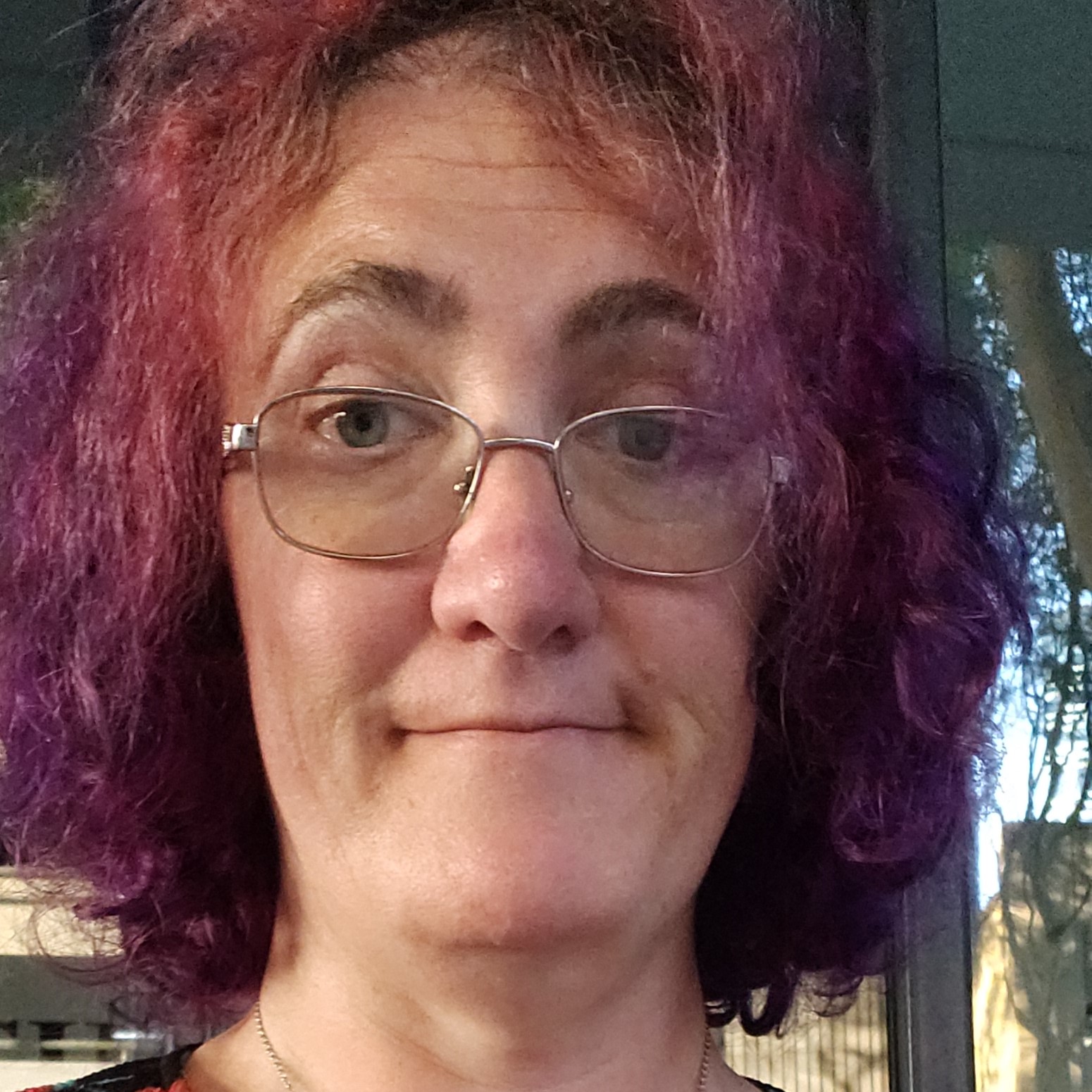

Came here to make this joke. Was an hour too late…
Admin of lemmy.blahaj.zone
I can also be found on the microblog fediverse at @ada@blahaj.zone or on matrix at @ada:chat.blahaj.zone


Came here to make this joke. Was an hour too late…


More photography


I don’t know? They both pretty much shaped and changed my life from the moments they happened onwards…
Yeah, it does look great.
But in terms of tiling WMs, I have high hopes for Cosmic! It’s coming along really well (though not as pretty as Hyprland)
I’m curious, did it solve your problem?
Vanilla arch is nothing like the manually installed arch of old. It’s as easy to install and use as any other distro. I started with arch too, and my now permanent distro is arch based
The Hyprland dev is enough to make sure I never use Hyprland
Btrfs snapshots?
This person becomes so insistent with these statements that they end up being kicked out of the club. Before leaving, the person calls the club an “Echo Chamber” about tulips.
Would this person be right?
In theory, yes, that’s what it is.
In practice, accusations of being an echo chamber are mostly made against inclusive spaces by people who are upset that they can’t air non inclusive opinions
What I’ve noticed with Wayland in Plasma is that it’s very much tied to my monitors refresh rate.
At 240Hz, with adaptive sync turned off or to Automatic, I get a very responsive cursor.
At 75Hz, or if I force adaptive sync to be on at all times (instead of off or Automatic), then I get a noticeable mouse latency


One of my workmates moved to Australia from Uruguay when he was 14. He only spoke Spanish at the time, which isn’t very common in Australia. He’s talked a few times about the different experience he had vs his sister who is a few years younger than him. He still has a noticable rioplatense accent to his english, but his sister does not. He also had to go to a special immersion class/school to get his english to the point where he could do manage in regular english language schooling, but his sister did not, and managed just fine being moved straight in to english speaking schools.
Ultimately, he said that he got there pretty quickly, because he was still a kid, but he spent the best part of a year feeling isolated from his peers, except when he was in the immersion class.
I had high hopes that I could make them work that way, but no luck :\
Upscayl isn’t much use to me, because I don’t need upscaling, only noise reduction.
Aydin appears to only work on PNG files, not my RAW files
Not quite. I’m talking about high ISO images. Most of my photos are not high ISO, so most of my photos don’t need this.
For a professional, they generally don’t shoot in high ISO, because it degrades the image quality. They use external lighting, flashes, reflectors, fast lenses etc, anything and everything they can, to avoid shooting high ISO. So a pro, on a pro shoot, won’t need dedicated noise reduction software, and can use the profiles built in to apps like darktable
I take pride in capturing the image, not relying on software to recreate it the way I wish it had been shot
Unless you’re shooting flat JPGs with no photo modes enabled, and not doing any post processing, then you’re not getting that result. And even if you do that, two cameras shooting the same scene will produce different images, because the process of converting RAW sensor data to the reduced colour palette and bit depth of a JPG image, involves an algorithm deciding how best to recreate (not capture) what you saw with your eye, and no two cameras do it the same way, and neither produce a “true” capture of what you saw.
Ultimately, it’s a meaningless distinction. My camera does in body image compositing, using firmware to stack multiple frames in to a single exposure, giving you light trails, without overexposed static light sources. It uses AI subject recognition to drive its auto focus. It has a 120frame buffer than records records directly to the buffer whilst holding the shutter button half down, and then writes them all to the card when you press, effectively letting you capture moments that you would normally have missed, because human reflexes are imperfect. And the RAW software that comes with the camera literally uses AI noise reduction.
So for me to draw the line and say that AI driven noise reduction (non generative AI at that) is a problem would be a bit hypocritical of me.
As it is, the camera hardware itself does solid noise reduction on the JPGs it produces (using algorithms built in to the firmware) giving really nice results even at high ISOs. But the only way to replicate that with a RAW file, is using the camera supplied RAW software (which doesn’t work on linux), or by using a 3rd partyAI noise reduction app (which don’t work on linux). If I don’t use them, then I’m in the strange situation where my high ISO JPG preview photos look better than an end to end post processed RAW file.
If I was “embracing the flaws that my camera creates” I would be shooting in JPEG mode, using images mostly straight out of the camera, and they would be less noisy than what I can achieve with current linux tools.
I’ve been doing this for 20 years, and using m43 (or four thirds before it) for most of that time. I know what I want from my photography, and I know the tools that give it to me. What I want is for the image to look like the scene that I saw. I don’t care if it’s a pixel perfect match for it. I don’t care about embracing the flaws that a camera introduces, flaws that don’t exist when viewed through the human eye (reduced dynamic range, sensor noise etc), out of some sense of “purity”. Purity that was lost the moment I pressed the shutter on a digital camera that has to encode the image in software to make it visible.
Dedicated noise reduction software like Topaz and DxO rely on the GPU. And because of that, they don’t work on Wine or VMs (unless you have a dedicated GPU and can get GPU passthrough functioning).
I use darktable and digikam for every other step of my workflow, but that one step, I just can’t do with Linux
Unless you have very peculiar hobbies.
Or you take your photography a bit too seriously! Good noise reduction software is next to impossible to do on Linux. It’s the only reason I have a windows box in my house


For what it’s worth, it happens to me as well, but when it does, it occurs on both monitors at the same time. One a 4k 244Hz OLED monitor, the other an older QHD. I put it down to a Plasma bug
Just landed in New Zealand. Today will be checking out Auckland